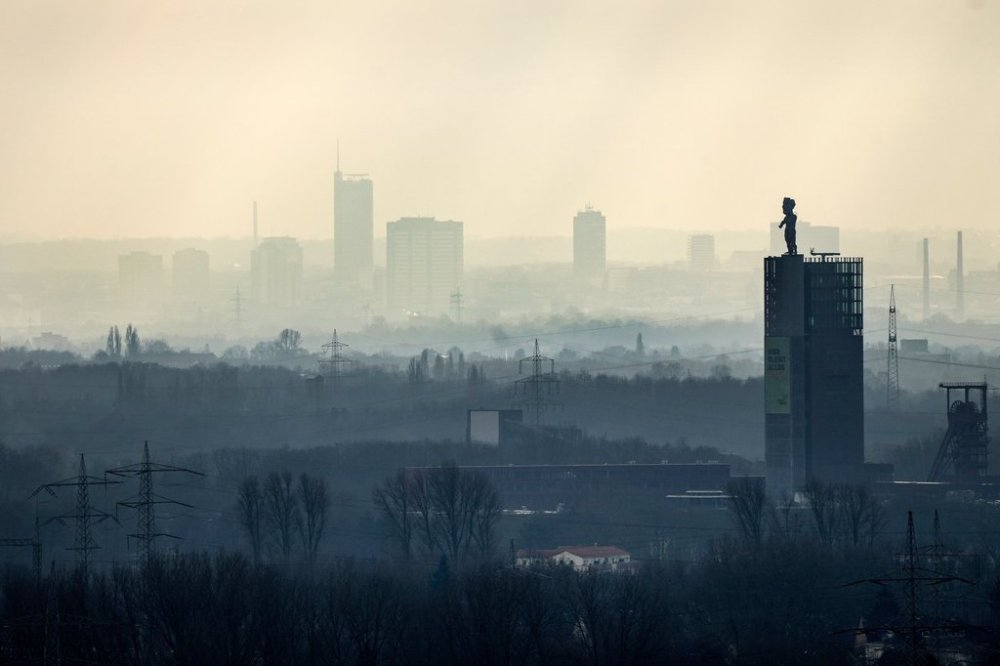Al Gore’s satellite and AI system is now tracking sources of deadly soot pollution
Advertisement
Read this article for free:
or
Already have an account? Log in here »
To continue reading, please subscribe:
Monthly Digital Subscription
$1 per week for 24 weeks*
- Enjoy unlimited reading on winnipegfreepress.com
- Read the E-Edition, our digital replica newspaper
- Access News Break, our award-winning app
- Play interactive puzzles
*Billed as $4.00 plus GST every four weeks. After 24 weeks, price increases to the regular rate of $19.00 plus GST every four weeks. Offer available to new and qualified returning subscribers only. Cancel any time.
Monthly Digital Subscription
$4.75/week*
- Enjoy unlimited reading on winnipegfreepress.com
- Read the E-Edition, our digital replica newspaper
- Access News Break, our award-winning app
- Play interactive puzzles
*Billed as $19 plus GST every four weeks. Cancel any time.
To continue reading, please subscribe:
Add Winnipeg Free Press access to your Brandon Sun subscription for only
$1 for the first 4 weeks*
*$1 will be added to your next bill. After your 4 weeks access is complete your rate will increase by $0.00 a X percent off the regular rate.
Read unlimited articles for free today:
or
Already have an account? Log in here »
NEW YORK (AP) — Soon people will be able to use satellite technology and artificial intelligence to track dangerous soot pollution in their neighborhoods — and where it comes from — in a way not so different from monitoring approaching storms under plans by a nonprofit coalition led by former Vice President Al Gore.
Gore, who co-founded Climate TRACE, which uses satellites to monitor the location of heat-trapping methane sources, on Wednesday expanded his system to track the source and plume of pollution from tiny particles, often referred to as soot, on a neighborhood basis for 2,500 cities across the world. Particle pollution kills millions of people worldwide each year — and tens of thousands in the United States — according to scientific studies and reports.
Gore’s coalition uses 300 satellites, 30,000 ground-tracking sensors and artificial intelligence to track 137,095 sources of particle pollution, with 3,937 of them categorized as “super emitters” for how much they spew. Users can look at long-term trends, but in about a year Gore hopes these can become available daily so they can be incorporated into weather apps, like allergy reports.

It’s not just seeing the pollutants. The website shows who is spewing them.
“It’s difficult, before AI, for people to really see precisely where this conventional air pollution is coming from,” Gore said. “When it’s over in their homes and in their neighborhoods and when people have a very clear idea of this, then I think they’re empowered with the truth of their situation. My faith tradition has always taught me you will know the truth and the truth shall set you free.”
Unlike methane, soot pollution isn’t technically a climate issue because it doesn’t cause the world to warm, but it does come from the same process: fossil fuel combustion.
“It’s the same combustion process of the same fuels that produce both the greenhouse gas pollution and the particulate pollution that kills almost 9 million people every single year,” Gore said in a video interview Monday. “I’ll give you an example. I recently spent a week in Cancer Alley, the stretch between Baton Rouge and New Orleans where the U.S. petrochemical industry is based. That’s a 65-mile (105-kilometer) stretch, you know, and on either side of the river we did an analysis with the Climate TRACE data. If Cancer Alley were a nation, its per capita global warming pollution emissions would rank fourth in the world, behind Turkmenistan.”
Gore’s firm found Karachi, Pakistan, had the most people exposed to soot pollution, followed by Guangzhou, China, Seoul, South Korea, New York City and Dhaka, Bangladesh.
___
The Associated Press’ climate and environmental coverage receives financial support from multiple private foundations. AP is solely responsible for all content. Find AP’s standards for working with philanthropies, a list of supporters and funded coverage areas at AP.org.

